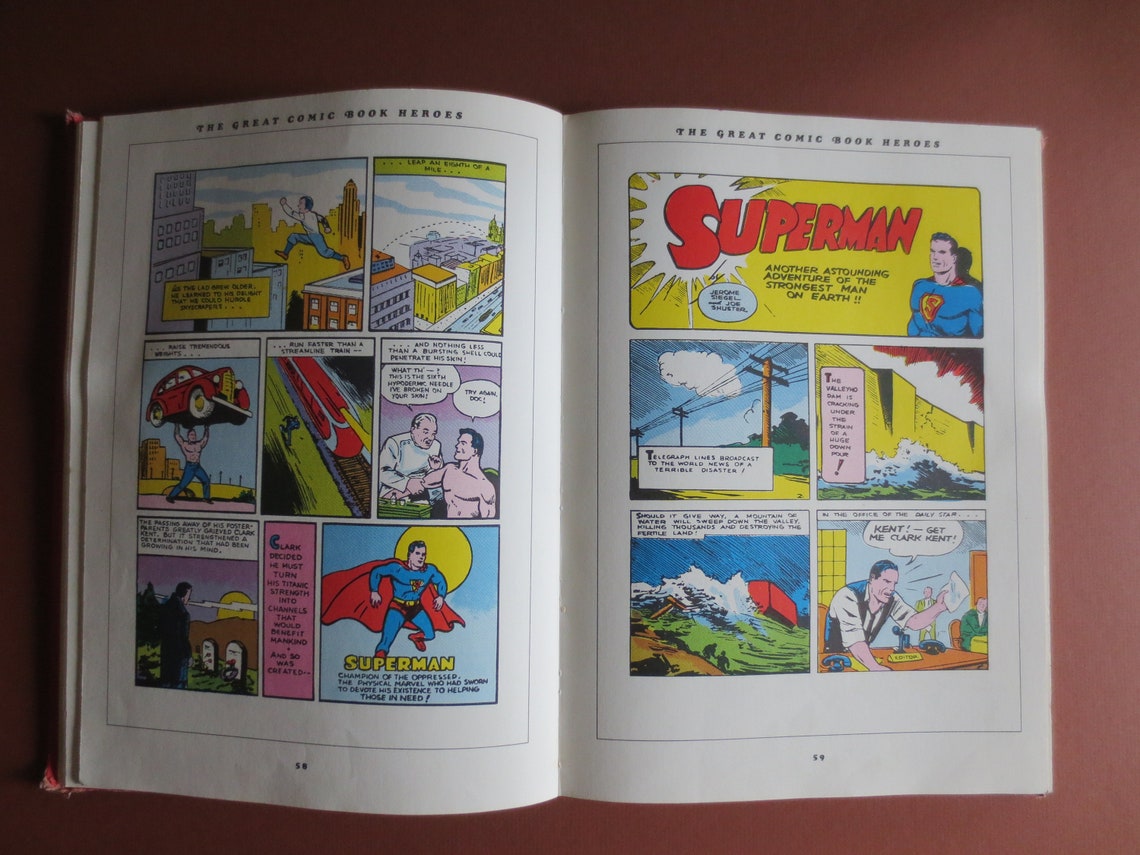

And at an early age, just after World War I, I was an avid student of pretty complete runs of Life and Judge, 1880 to 1914, rescued from a flaming mansion by my fireman uncle. Powers's Joys and Glooms, and Tad Dorgan's barbershop. I have been around long enough to see Feiffer's couples and Superman against a receding perspective that includes Bud Fisher's Mutt and Jeff, Herriman's Krazy Kat, and, at a farther distance, Winsor McKay's Little Nemo, T. Any other would pretend to the possession of a greater distance from American cartoon art than I can possibly command. All the more reason that this impressive advancer of New York-style innovations in graphic comic style should have something to say about Captain Marvel, The Flash, and others.īy this point it will be seen that I have chosen a first-person style for this review. But it had never occurred to me that Feiffer, the creator of Sick, Sick, Sick and The Explainers, had come through the lesser comic-book factories (he calls them “schlock houses”) as an apprentice. It seems to me that their experiments in satirical commedia dell' arte improvisations were the right kind of training for perceiving what Feiffer was up to with his nervous India ink, his variable-pressure pen, and his wonderfully naked-looking balloonless dialogue. At the time, the Chicago school of postwar caté and theater comics-Elaine May and Mike Nichols and Barbara Harris and Shelley Berman and others, who quite frequently had come under the fruitful direction of Paul Sills-were already on their way to fame. Then, too, I figured that since I had a part in reading and commenting on the comics, I was playing a not insignificant part in providing my co-reader with critical grounds for outgrowing them.īack in 1955, Feiffer's rising star as a sophisticated satirical cartoonist impressed many of us, immediately enough, with its saturnine brightness.


My own feeling was that as long as I read children's books of my own choice to my child, I ought also to read a few that he picked off the stands. There were arguments going on about the possible bad influences of these publications. I liked The Spirit for what Feiffer calls Eisner's “expressionist touch.” We read some of Bob Kane's Batman and Robin too. In the later part of that period, we also read together some of Superman by Jerome Siegel and Joe Shuster, and The Spirit by Will Eisner.

Most of them, as I remember, were the rhymed adventures of bug-people in a place called “Bugville.” The plots were mild, calling to my mind the adventures of the “Brownies” by Palmer Cox that I used to read in bound copies of St. Compiled, Introduced and Annotated by Jules Feiffer.īetween 19, I read quite a few comic books to our then-unlettered son.


 0 kommentar(er)
0 kommentar(er)
